As our beloved pets age, their vivacity can begin to wane—a heart-wrenching reality for any pet owner. Have you noticed a shift in your elderly pet’s behaviour or energy levels? Here are fifteen vet-approved signs that your old friend may be losing their zest for life, and what you can do to help.
1. Decreased Activity Levels

If your once sprightly pet is now spending more time napping than playing, it could be a sign they’re slowing down. Reduced activity is a common indicator of ageing or discomfort.
2. Loss of Appetite
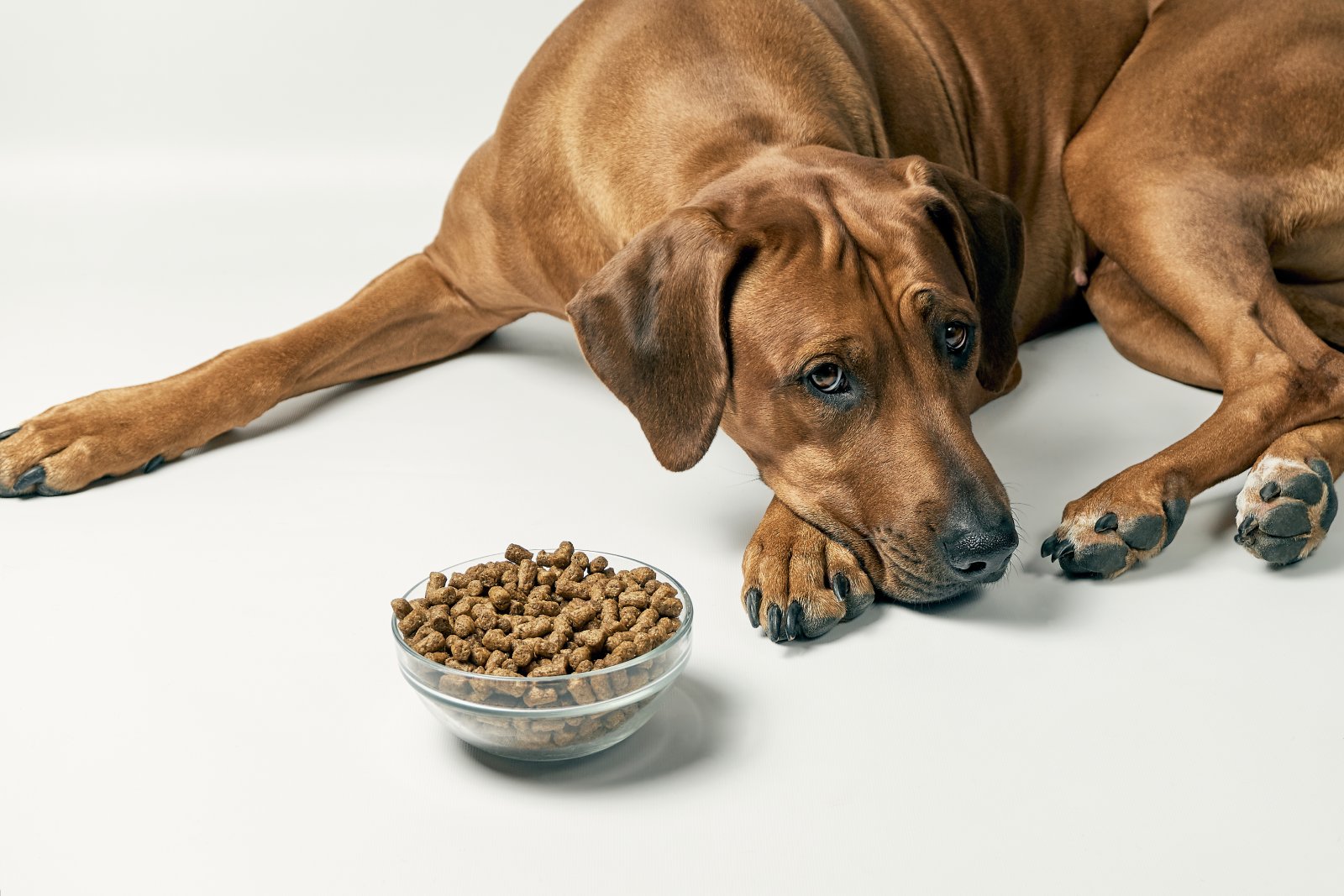
When your pet shows less interest in their food, it’s often more than just a picky palate. This could be a sign of dental issues or more serious health problems.
3. Increased Irritability
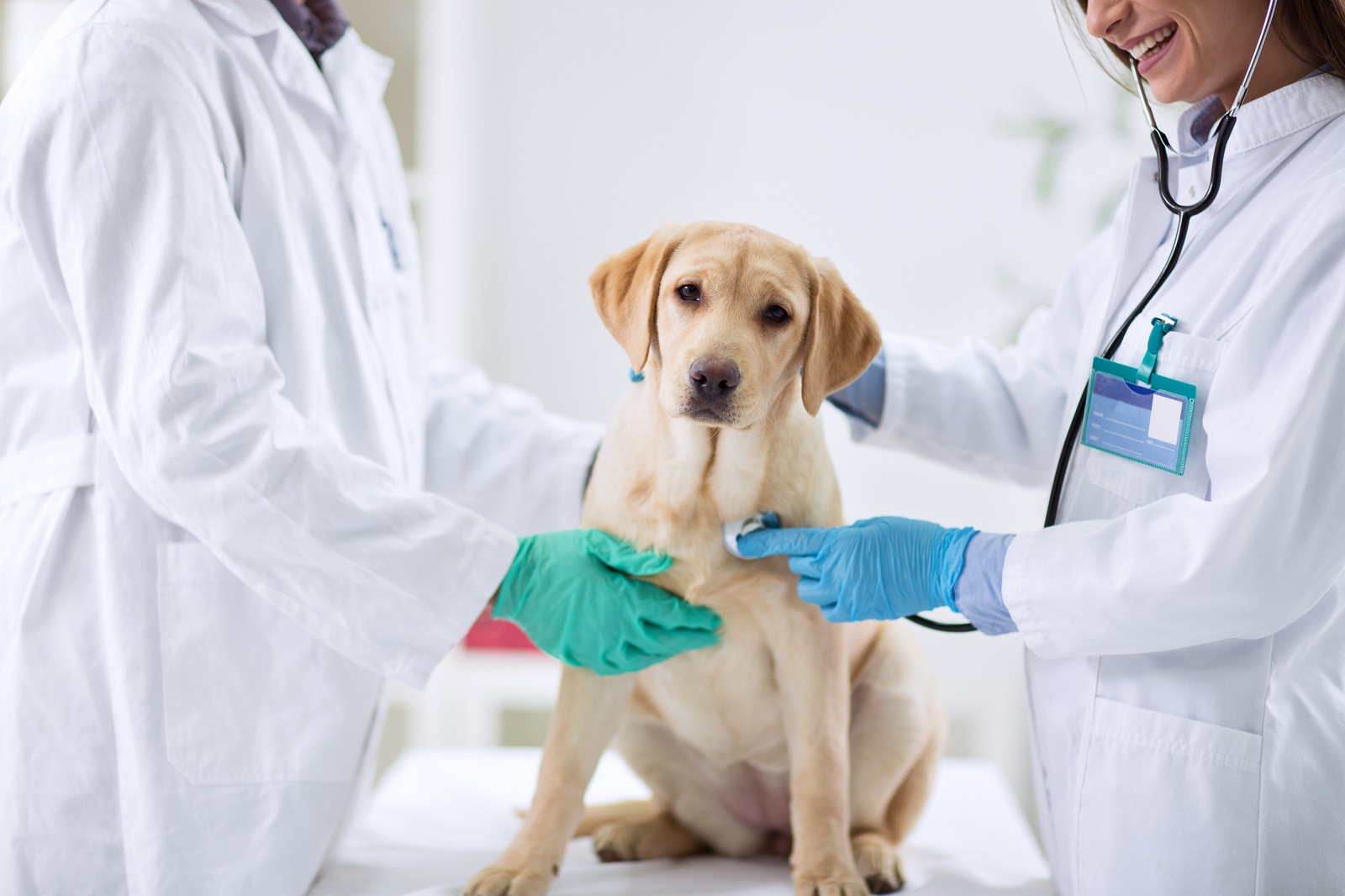
If your normally placid mate has turned grumpy, it might be because they’re in pain or discomfort. A vet check-up is in order to rule out any underlying issues.
4. Changes in Sleep Patterns
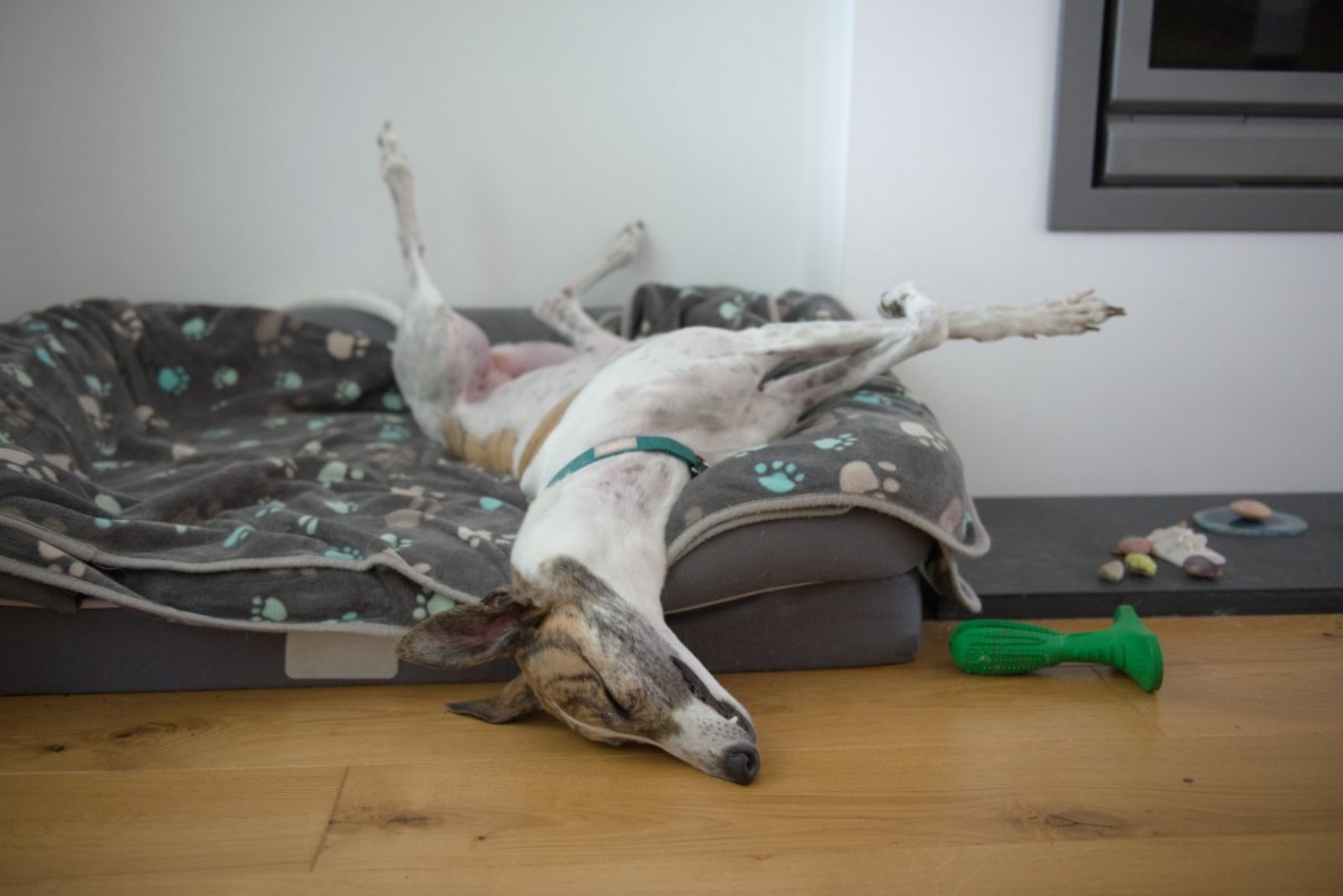
An older pet that struggles to sleep through the night or sleeps more than usual could be experiencing physical or mental distress. Observing changes in sleep patterns can provide critical clues about their health.
5. Reduced Interaction
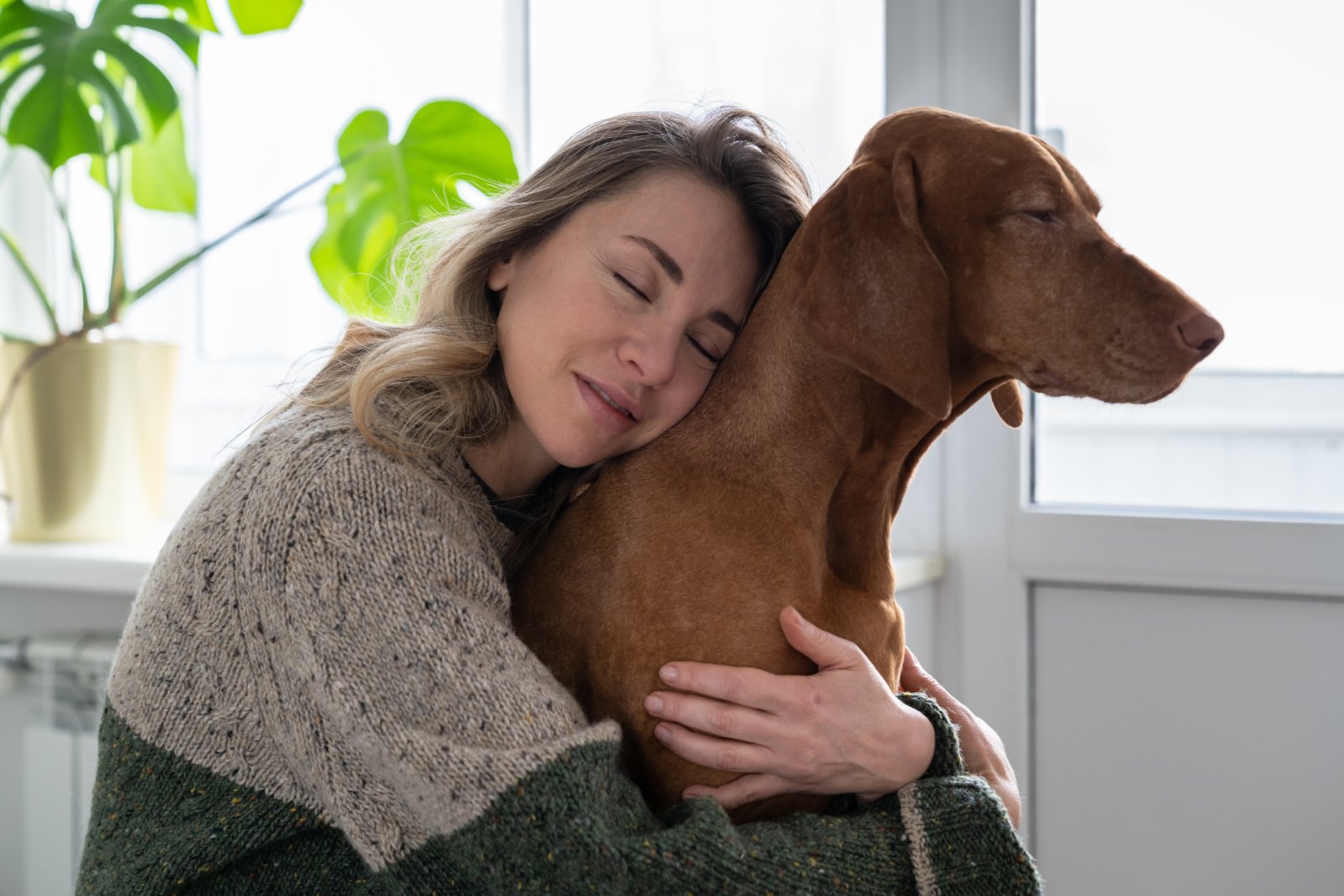
Does your pet seem less interested in social interactions with you or other animals? Withdrawal is often a sign that something isn’t quite right.
6. Noticeable Weight Loss or Gain
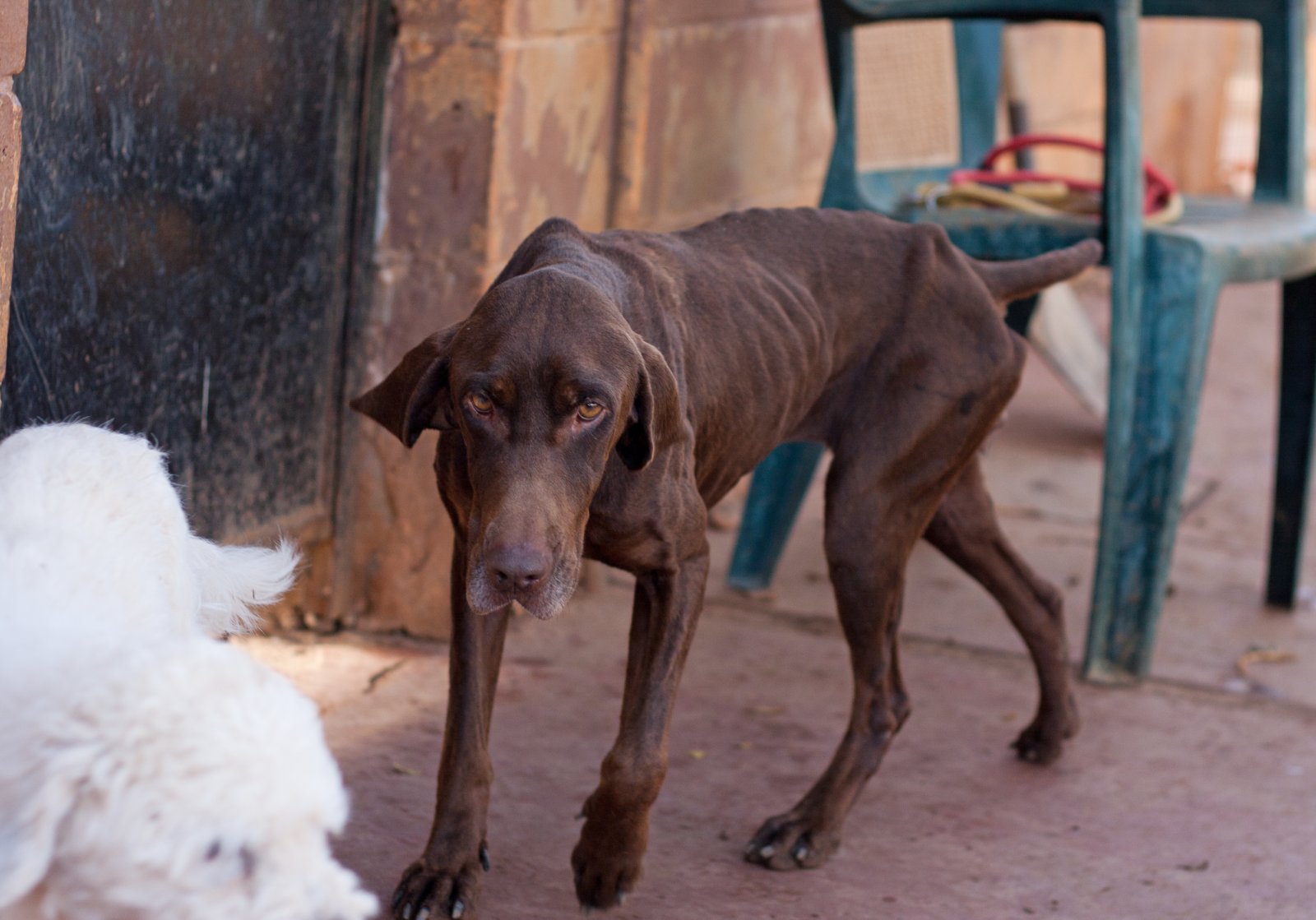
Significant changes in weight can be a red flag. Weight loss might indicate a metabolic disorder, while weight gain could suggest mobility issues or hormonal imbalances.
7. Uncharacteristic Accidents
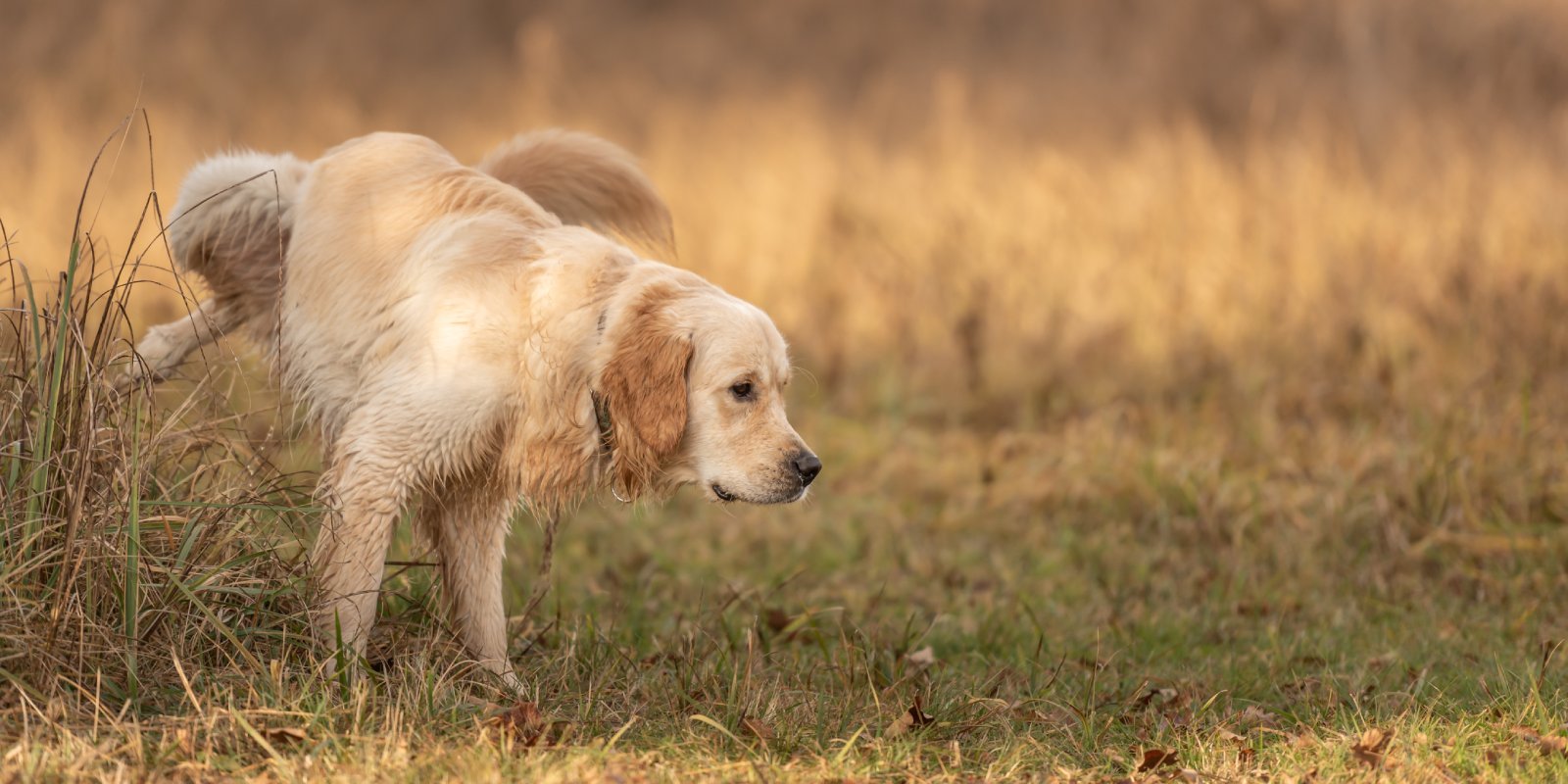
An increase in accidents around the house could indicate that your pet is having trouble controlling their bladder or bowels, often a sign of ageing or health issues.
8. Dull Coat
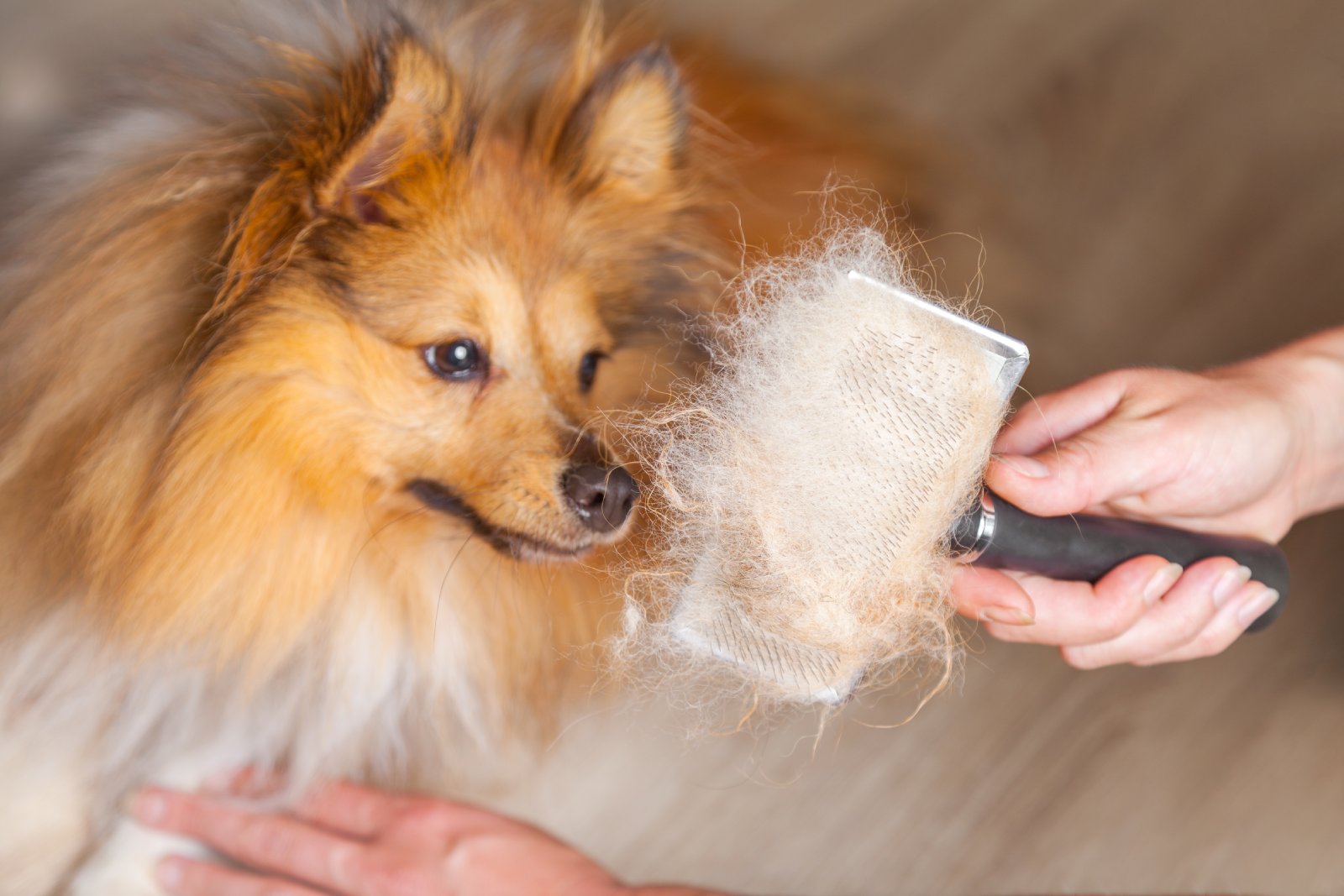
A lacklustre coat is often a telltale sign of poor health in pets. It could be a dietary deficiency or a sign of a deeper medical problem.
9. Bad Breath
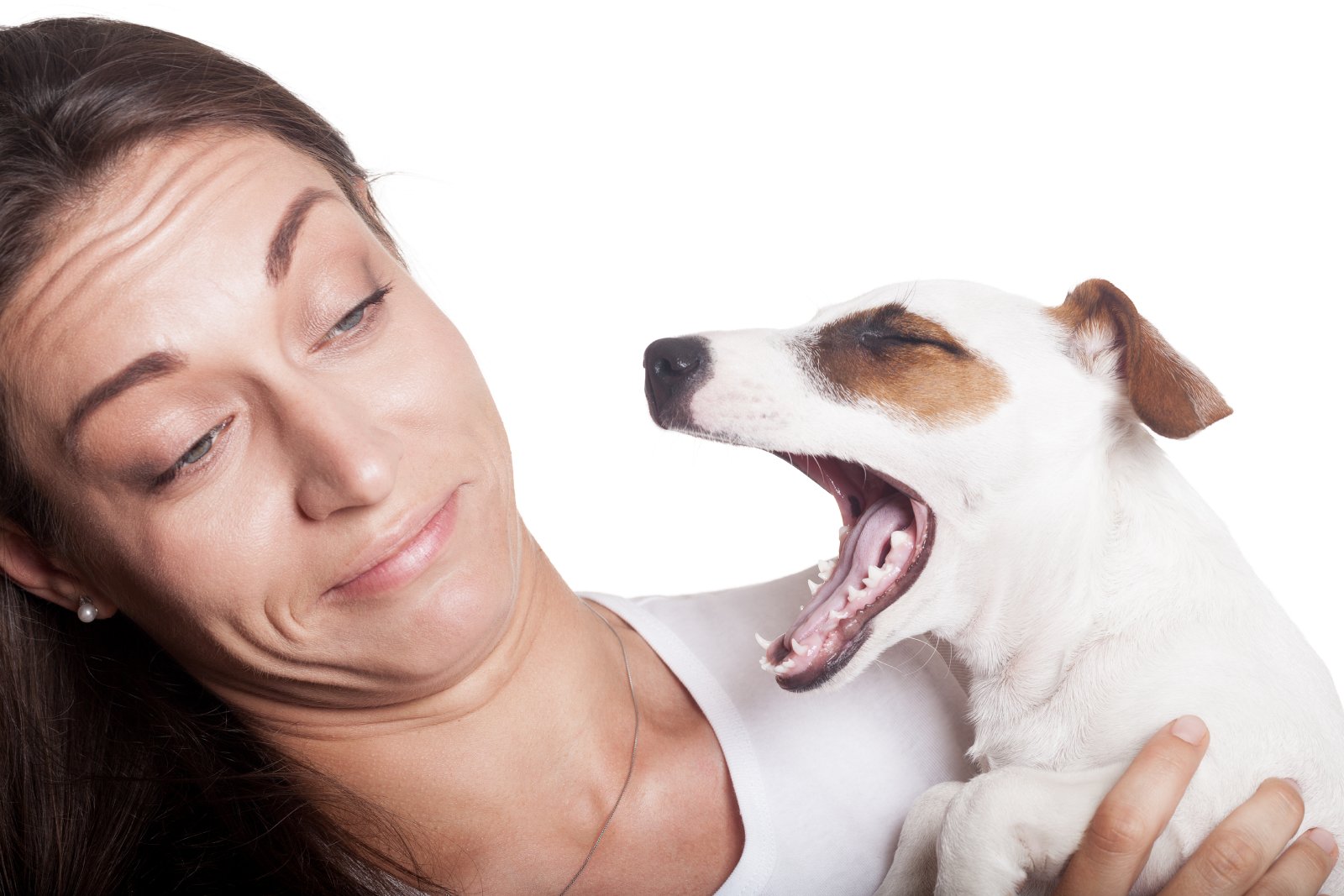
Beyond a bit of doggy or kitty breath, a foul odour can be indicative of dental disease, which is common in older pets and can significantly impact their overall health.
10. Difficulty Rising or Moving
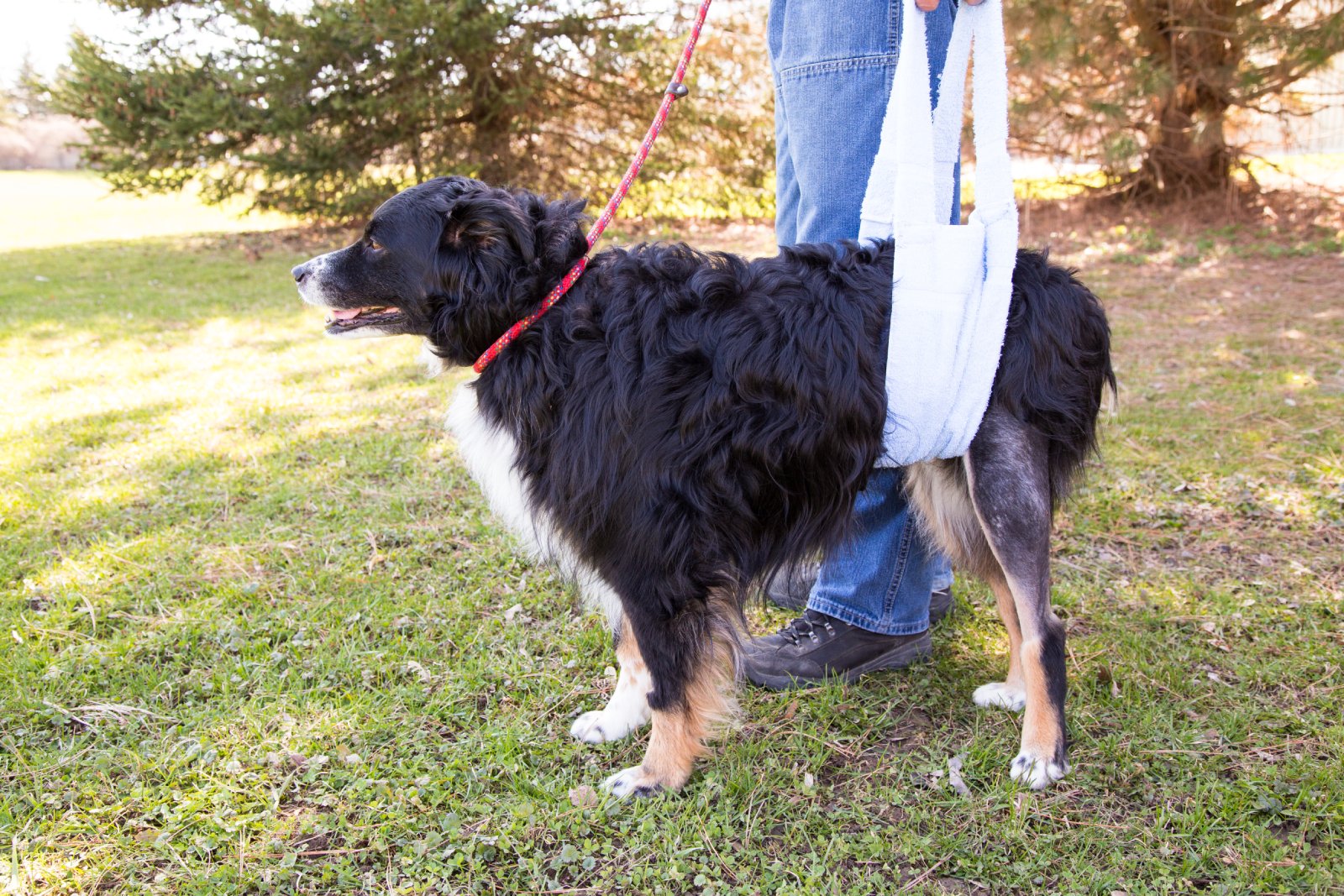
Watch for trouble getting up or reluctance to climb stairs. Painful joints due to arthritis could be the culprit, affecting your pet’s quality of life.
11. Changes in Vision or Hearing

Is your pet not responding to commands as quickly, or bumping into furniture? Loss of senses can disorient them and diminish their enthusiasm for life.
12. Persistent Coughing or Breathing Issues
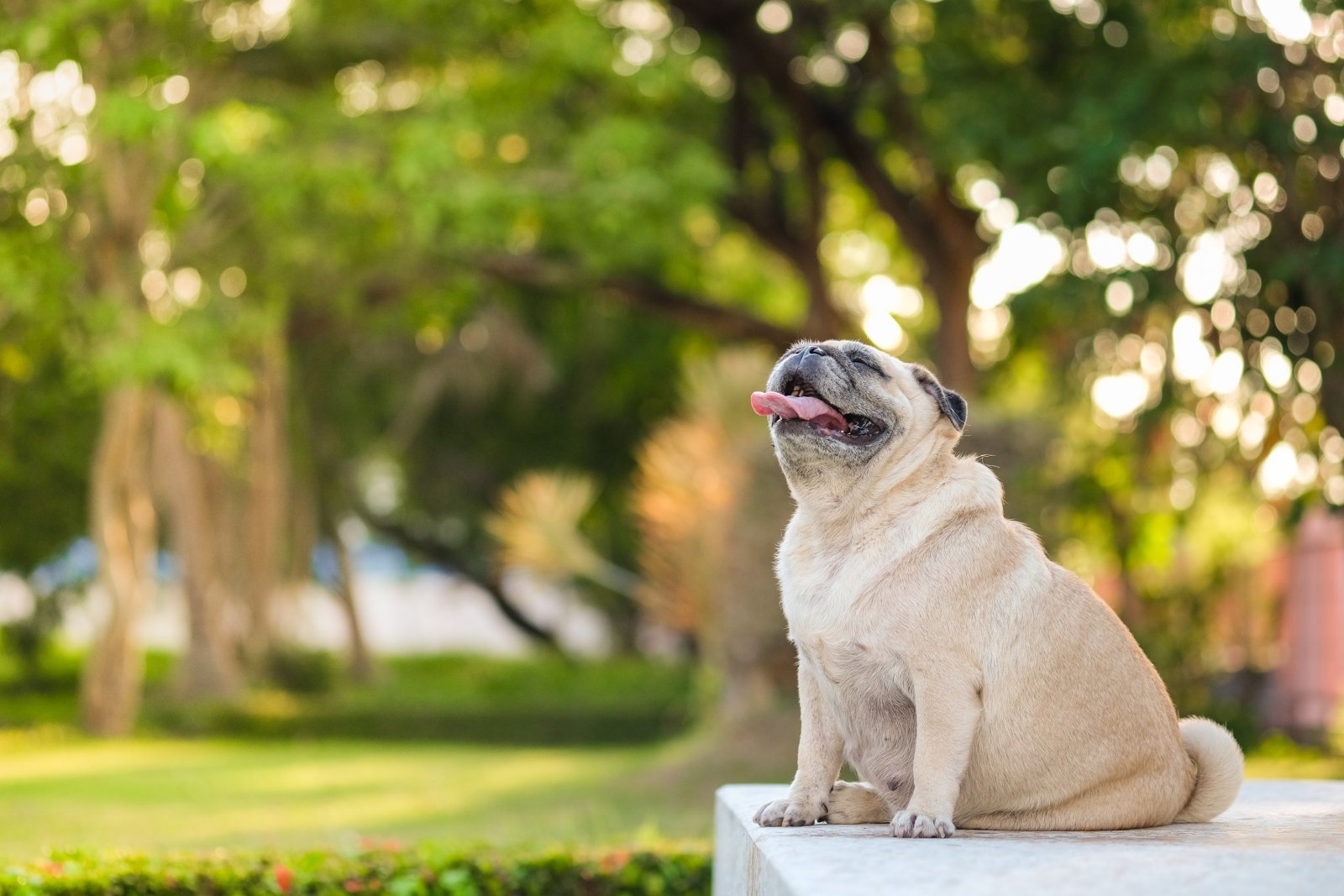
Chronic coughing or laboured breathing should prompt a visit to the vet. These symptoms can be signs of heart disease or other serious conditions.
13. Behavioural Changes
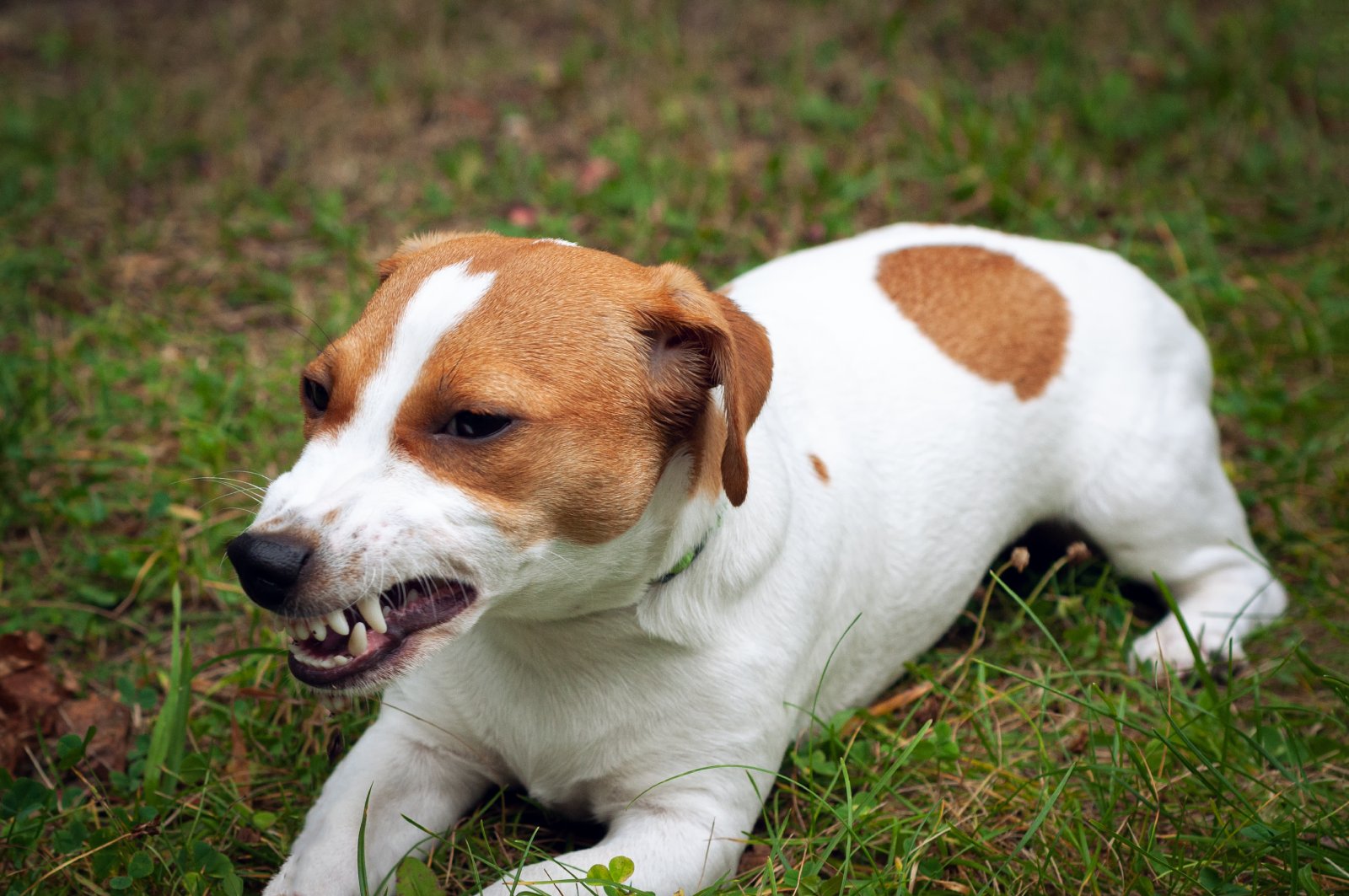
Any major shift in your pet’s behaviour warrants attention. Aggression, fear, or unusual behaviours can all indicate health problems.
14. Less Interest in Grooming
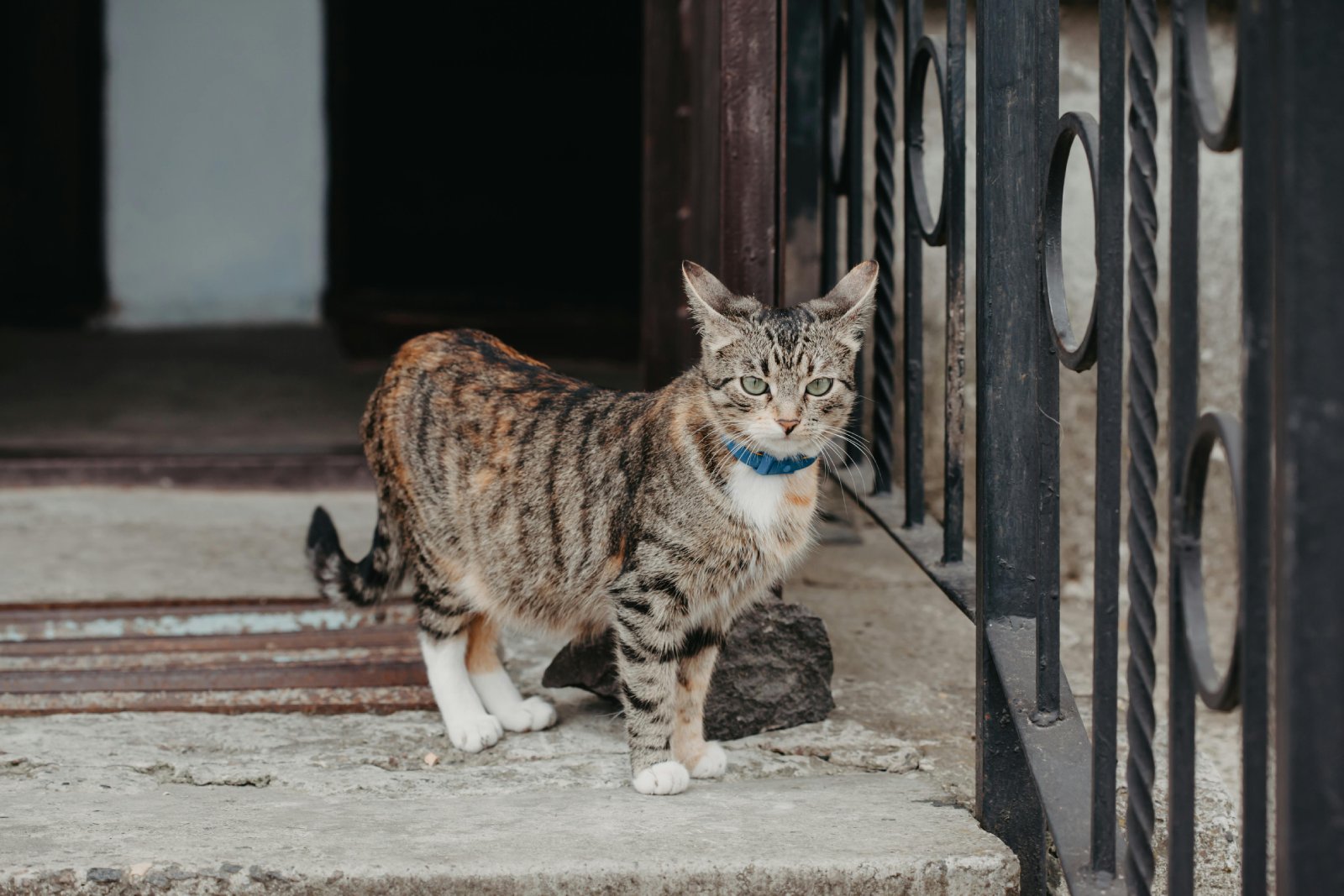
Especially in cats, a decrease in grooming habits can be a sign of illness or old age. Matted fur and a dirty coat are not just cosmetic issues.
15. Decreased Responsiveness

If your pet doesn’t perk up at the jingle of their lead or the rustle of a treat bag like they used to, they may be experiencing a decline in their mental faculties or sensory impairments.
When the Tail No Longer Wags
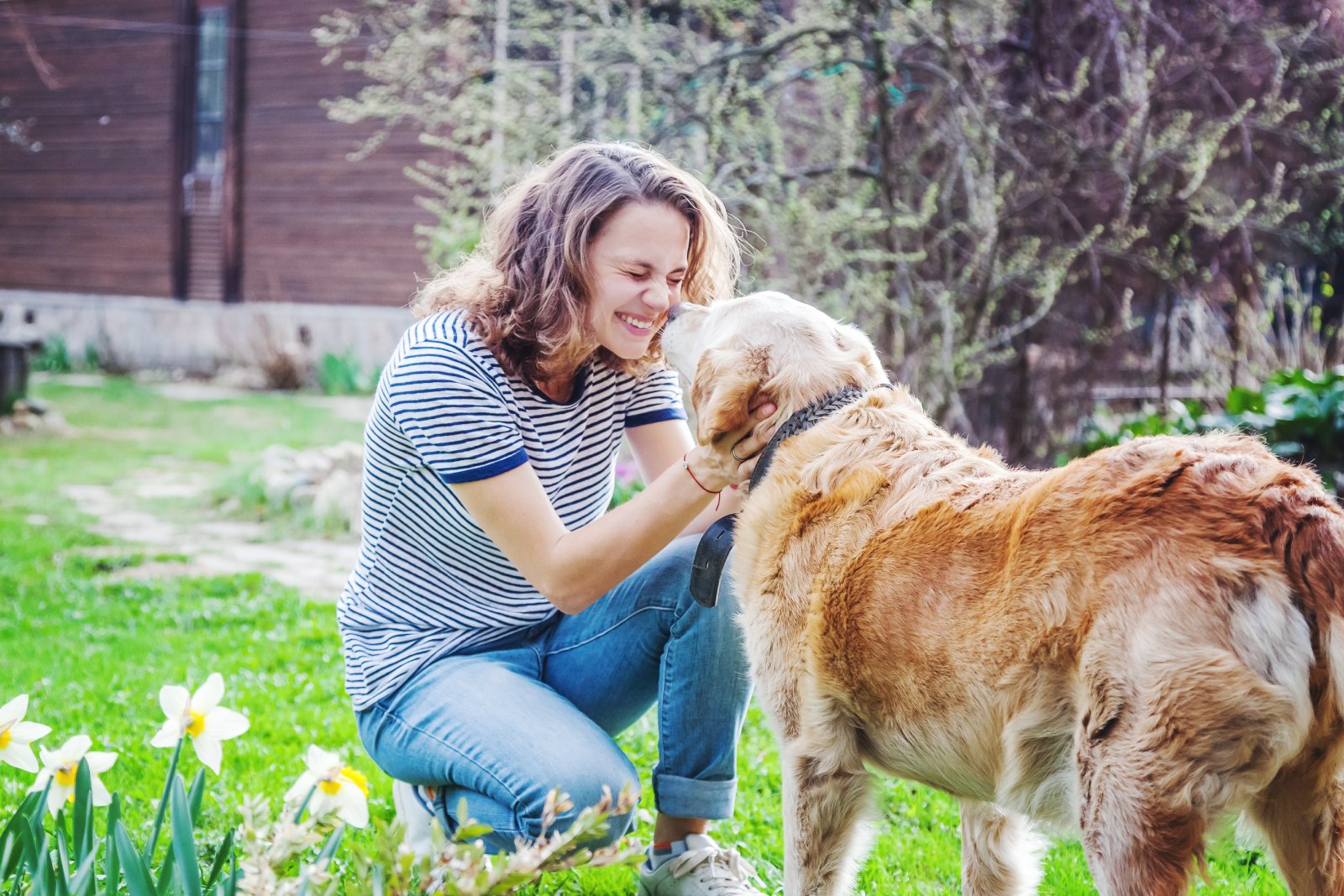
Watching a beloved pet age can be difficult, but recognizing these signs can help us make their twilight years comfortable and full of love. It’s about adapting to their needs and ensuring they feel as cherished as ever. After all, isn’t that what a good mate would do?
Featured Image Credit: Shutterstock / Agnes Kantaruk.
For transparency, this content was partly developed with AI assistance and carefully curated by an experienced editor to be informative and ensure accuracy.

